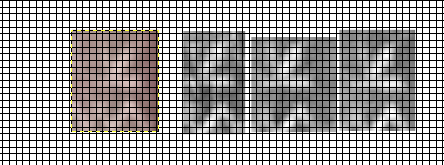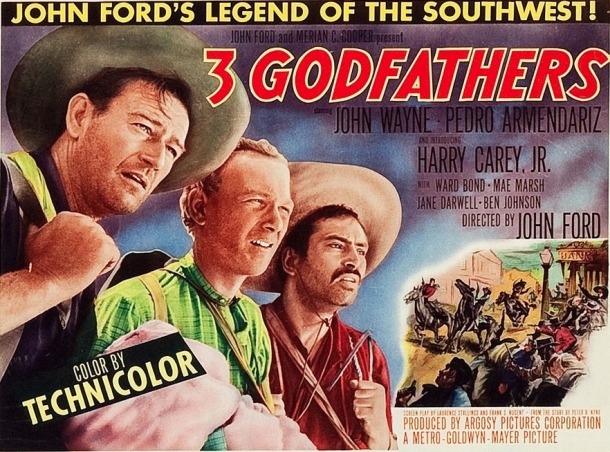A 'suggested video' on YouTube...
I do not know if this is interesting or not. But my musician friends tell me that this counts as Feedback, and should be shared...
It can be a footnote to my standard lecture, the rich comedy of: 'How the lockdown turned a lyricist into an ersatz record producer', or 'Learn from my mistakes.'
I made so many mistakes...
But at least once - it turns out - I did something right. But what?
1.
In 2018 Stephanie Hladowski and I worked on the lyric I had written to sit comfortably on the melody by Ennio Morricone, Jill's theme, from the Sergio Leone movie, Once upon a Time in the West (1968).
As part of... Exploration of Song. Exploration of Lyric. Exploration of the Recording Studio - the recording studio as a working tool, rather than a rite of passage.
There is more about this on my blog, below, at...
https://fiddlersdog.blogspot.com/2018/11/the-train-jills-theme.html
In the background are all those questions that lyricists get asked. Like, Music First or Words First? Problems and Answers. The answers, by the way, always involve Structure.
Also, in the background, is my long study of a
specific genre of song - but I won't go into that now.
I thought, in 2018, Ok, we have taken a step. To acknowledge that, I will make a little video to fit the audio, and stick it on YouTube.
The idea behind the video was: take stills, screen grabs, from the movie, Once Upon a Time in the West, and show Jill's story in reverse order. So that my video ends with the first time we see the character Jill - Claudia Cardinale, in her cute little hat, peers out of the train.
The video is clumsy. It suggests the idea, rather than completes the idea. Nothing here is perfect.
But we had finished something - and that encouraged us to go on and finish other things...
https://hladowskisingsosullivan.hearnow.com/
2.
In the middle of January 2022 our song +
video, The Train (Jill's Theme), became a 'suggested video' on YouTube.
Video link
We had not done anything clever - we put the video up in November 2018. I did pause to make sure that the right data was visible to search engines.
I made clear my work's relationship with the work of Ennio Morricone, and with the movie. I wrote to Mr. Morricone's agent, drawing attention to the song and to our YouTube video, saying... 'the emotion I hear when I listen to the melody is, above all else, compassion...'
I made no attempt to 'monetize' the song. I did not want to pick a quarrel with Mr. Morricone or the Morricone Estate.
In any case the video very quickly collected a 'copyright claim' on YouTube - which, I think, was simply the content recognition software doing its work.
I will not explore technicalities of what else we might have done with our song, The Train (Jill's Theme) - except to note that technically it is not a 'cover song', it is a 'derivative work'.
You will find online much advice about ways you might become a 'suggested video' - very little about what to do if you do become 'a suggested video'.
Pump out more product, is the advice...
3.
YouTube gives us a grotesque amount of
data behind the scenes. They all do this,
Spotify, CD Baby, Amazon. Do not get
bogged down...
The two main visualisations offered by YouTube are 28 days and 48 hours...
As of today, February 7 2022... 'In the last 28 days, videos on your Official Artist Channel got 5.6K views'
The Train (Jill's Theme) has had 5,578 views.
Where are our visitors coming from? The bulk of the traffic is following an Ennio Morricone sequence. The Danish National Symphony Orchestra, 22 million views, the Dulce Pontes version, 10 million - and so on.
Our visitors are overwhelmingly male, 92% - mostly over 50 years old.
The peak viewing time is after 1800 hours - between 6 and 9 pm in the English evening. Which suggests that we are mostly being found by Europe - NOT the USA or China. Main countries are...
Views · Last 28 days: Germany 7.8%. Italy 6.6%. France 6.4%.
And more and more from Brazil, 8.9% - this has not affected the time pattern. I suppose that Brazil does stick out, to the east.
There is some suggestion that a SMALL number of visitors go on to find our other tracks on YouTube, the lockdown rescue that became our Album, Hladowski sings O'Sullivan...
To encourage this I have made The Train
part of the Album Playlist on YouTube. And
I have made the link to our Hearnow site visible in the YouTube text...
https://hladowskisingsosullivan.hearnow.com/
And we have picked up a small number of new 'Subscribers'.
YouTube works by trying to please the user, and keep him (in this case HIM) looking. YouTube brings eyes to adverts. Because this video is not 'monetized', there are no adverts.
This is Search Engine Journal's comment...
https://www.searchenginejournal.com/youtube-algorithm-facts/403984/#close
Can I not expect patience? In the movie, how long is it before Harmonica shoots Woody Strode, Jack Elam and Al Mulock?
4.
To our new Subscribers...
Gentlemen, you are welcome. Thank you for your interest in our work. But, I have to tell you, that, for the time being, we have little more to offer you...
The Train (Jill's Theme) - update Feb 18
2022
'This video got 10,083 views in the last
28 days'
'This video has gotten 10,960 views
since it was uploaded'
'In the last 28 days, videos on your
Official Artist Channel got 10K views'
Video link









